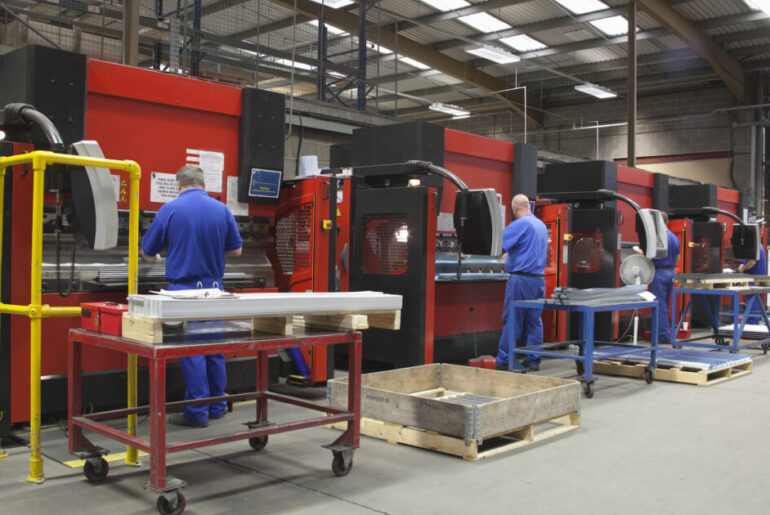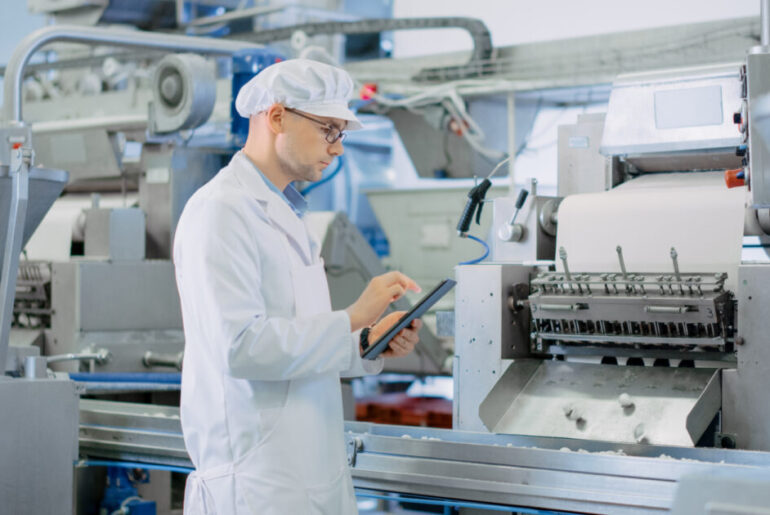(Originally published on Oct 11, 2022 on the Drishti blog)
This past weekend, I had two sets of nephews visit us. Teenagers, I know from personal experience, are voracious eaters — with cakes being favorites of these particular teens. So, with my daughter, Pooja, back in college, I decided to resume my role as the family baker.
Since one set of nephews has dietary restrictions, I couldn’t make two batches of the same cake. I also couldn’t take one batch of cake dough and split it into two pans. Therefore, I chose to bake an eggless blueberry bundt cake for one (recipe here, if you dig this sort of stuff) and a French apple cake (which I have had a 100% approval rating with; recipe here). Both were made from scratch — we believe in starting from the basics.
Setting up for production
If I were to consult with either Raja Shembekar or Akiharu Engo, my Toyota Production System senseis, they would unhesitatingly counsel me to create the batter for one and, then, for the other. Then they would advise to bake them one after the other as well, in other words, using single piece flow.
But, being human with tremendous (sometimes misplaced) self-confidence, I decided to “parallel process” them. I started working through the recipes side by side. Soon there were distractions, like my wife popping in and out, hitting me with a string of questions unrelated to my baking project. Soon, I found myself having to go back — almost every time I was distracted — to recollect my thoughts, ensure that I had the ingredients right, that I hadn’t missed anything, and that I was following the recipe to the T.
So, I stopped and thought about it. I remembered the lessons I had learned from the Toyota Production System. I had a “Eureka!” moment and abandoned my parallel processing in favor of the single piece flow model.
Bad habits die hard
With the oven at 350°F, I loaded one cake in, and following single piece flow, had the second one ready to go as well. However, without giving it a second thought, I went back to my old ways and placed the second cake in the oven along with the first. Pleased as punch, I retired to the family room for a brief respite.
It wasn’t until Siri reminded me that it was time to check on my first cake did the implications of my poor ways manifest themselves. Every time I pulled the first cake out to put it through the toothpick test, the oven temperature would drop. While the first cake was generally unaffected, the second cake must have been challenged by the thermal fluctuations I was putting it through. So, instead of baking it for 40 minutes, I found myself having to bake it for almost 55 minutes. As any baker knows, adding 15 minutes of bake time to a cake means dry, crumbly slices.
At the end of the exercise, I wondered:
- Had I saved any time?
- Was I confident in the product when it was in the oven?
- Did the cakes come out right?
As it turns out, I should have stuck to the process and my single piece flow.
Bringing it back to Drishti
I thought about our customers. We are frequently asked to “tune” our AI to follow what the plant is doing rather than recognize that our AI is pointing to the fact that the process isn’t being followed, or perhaps more interestingly, that the process is flawed. It’s funny to get this ask because our customers are aware of the benefits of single piece flow — just as I knew that parallel production was a less than ideal way to bake two cakes.
Lest you are wondering about how the story ended, I am happy to report that all four of my nephews were thrilled with the outcome. As was I, since this personal experience reinforced a lesson I have long learned and often struggle to communicate to my own team and our customers.









